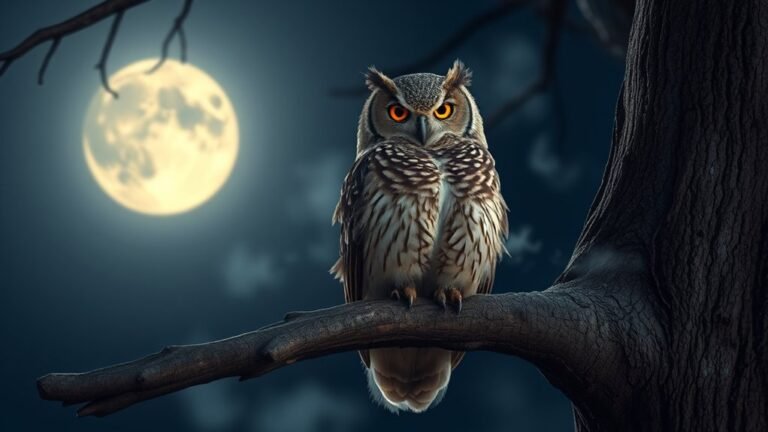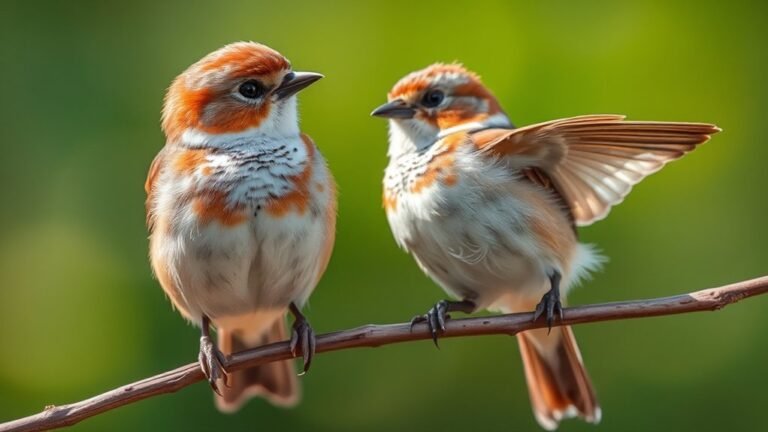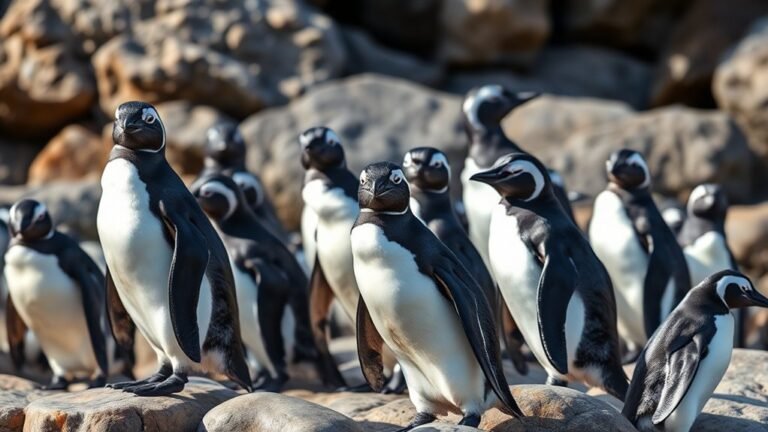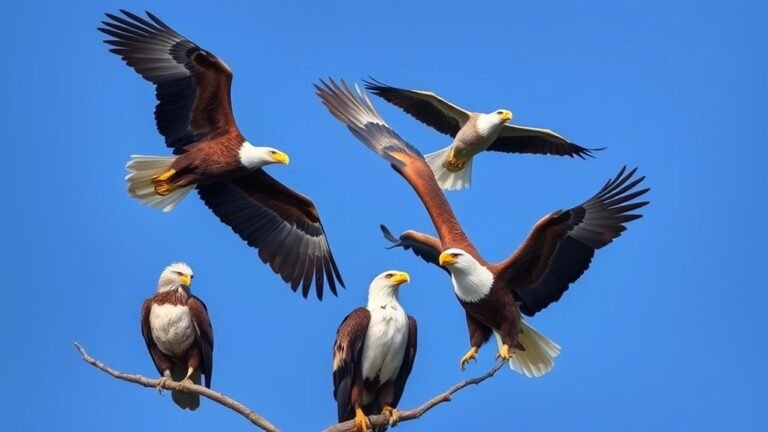Do Penguins Have Feathers? Understanding Their Biology
Yes, penguins have feathers! These feathers are super important for them. They help keep penguins warm in cold places. They also keep penguins dry when they swim. Penguins need to stay warm and dry because they spend a lot of time in the water.
Penguin feathers are different from other birds' feathers. They are short and stiff, which helps with swimming. This makes penguins unique.
But what else do penguin feathers do? Feathers also help penguins look nice. They can show their health and help them find friends during mating season. Feathers are more than just for warmth and swimming. They play a big part in penguin life!
So, next time you see a penguin, remember those feathers do a lot for them!
A Quick Overview
Yes, penguins have feathers! Their feathers are packed closely together. This helps keep them warm and dry, which is very important for living in cold water.
Penguins have different types of feathers. They have contour feathers that help shape their bodies, down feathers that keep them warm, and special flight feathers. Though penguins can't fly, these feathers help them stay buoyant in water.
Their feathers also have oils on them. These oils keep the feathers from soaking up water. This way, penguins stay dry even when they swim.
Penguins are black and white. This coloring helps them hide from predators in the water and on the ice. Their colors blend in, making it harder for enemies to see them.
To keep their feathers in good shape, penguins groom themselves and shed old feathers. This helps keep their feathers useful for warmth and staying dry.
The Structure of Penguin Feathers

Penguins might look a bit clumsy on land, but their feathers are built just right for cold places. Each penguin feather has a special structure that helps keep them warm and dry.
The feathers are packed tightly together. They're also waterproof, which means they keep water out. There's a central part called the rachis, and it has small branches, or barbs, that stick together. This feature creates a strong wall against water. Because of this, penguins stay dry and warm.
The way these feathers are layered helps penguins save energy when they swim. They keep the penguins warm even when they dive into icy waters.
Types of Feathers Found in Penguins
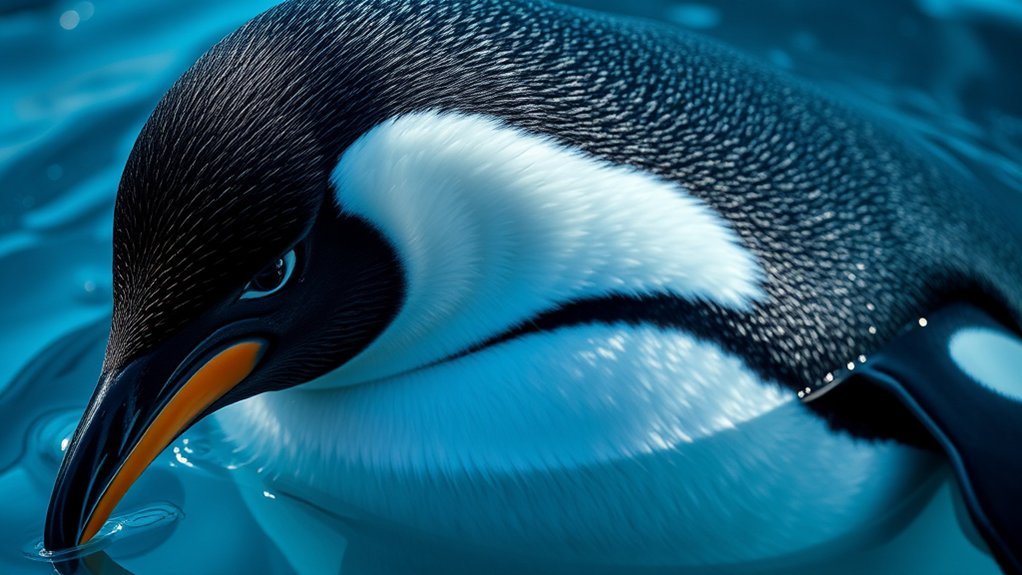
Penguins have special feathers that help them stay warm and dry. They've three main types of feathers: contour feathers, down feathers, and flight feathers.
Contour feathers cover the outside of their bodies. These feathers give penguins their smooth shape and help keep water off their skin.
Down feathers are found beneath the contour feathers. They're soft and fluffy, trapping air and keeping penguins warm in cold water.
Even though penguins can't fly, they still have flight feathers on their wings called remiges. These feathers help them swim better in the ocean.
Each type of feather helps penguins survive in their icy homes. Learning about these feathers shows us how well penguins have adapted to live in their environment.
How Penguin Feathers Differ From Other Birds

Penguins have special feathers that are different from other birds. These feathers help them live in really cold places. Unlike the light and fluffy feathers of many birds that fly, penguins have short and thick feathers that overlap. This overlapping helps keep them dry in the icy waters.
The feathers act like a raincoat, stopping water from getting in and helping penguins float when they swim. Penguins' feathers are also packed close together, which keeps them warm in the freezing temperatures. This unique way of arranging their feathers helps them stay cozy and swim better in the water.
Understanding these special feathers helps us see how penguins stay alive in places where few birds can survive.
The Role of Feathers in Insulation
Penguins need insulation to stay warm in icy places, and their feathers are very important for this. Their feathers are special and keep them from losing body heat. Each feather holds air, forming a cozy layer that helps penguins stay warm.
When you see penguins huddling together, notice how their feathers fit together. This helps trap even more warm air and keeps them cozy. Penguins have a thick layer of soft feathers underneath their outer feathers. This helps them stay warm, even in freezing temperatures.
Feathers aren't just for looks. They help penguins survive in their cold homes. Every bit of warmth matters when it's really cold outside!
Waterproofing: A Key Adaptation for Aquatic Life
Waterproofing is super important for penguins. It helps them live and swim in cold water. Their feathers are special; they keep water out and keep the penguins warm.
Here are some cool things about how penguins stay waterproof:
- Oily feathers: Penguins have a special oil on their feathers. This oil keeps the water from soaking in.
- Feather layering: Their feathers overlap like shingles on a roof. This makes it hard for water to get through.
- Fluffy feathers: Penguins have thick feathers that trap air. This helps them float better in the water.
- Preening: Penguins clean their feathers a lot. This keeps them working well and helps with their waterproofing.
These features help penguins hunt and stay warm in freezing water. Waterproofing is really important for penguins to survive in the ocean.
Feather Coloration and Its Purpose
Color is really important for penguins. It affects how they look and how they interact with their environment. Penguins often have black and white feathers. This color helps them in several ways.
The black feathers on their backs blend in with the dark ocean when a predator looks down from above. Meanwhile, their white bellies match the bright ocean surface when viewed from below. This helps them hide from animals that might want to eat them.
The colors come from different types of pigments, like melanin. Melanin gives penguins protection from the sun's harmful rays and helps them stay warm.
Knowing how their colors work helps us see how penguins live and survive in their habitats. It shows how well they adapt to their surroundings.
The Molting Process in Penguins
Penguins go through a big change every year called molting. This is when they replace their old feathers with new ones.
Here are some important things to know about molting:
- Penguins lose their old feathers and grow fresh ones.
- This process can take several weeks, so they may have to stop their usual activities.
- During molting, many penguins don't eat. They rely on the fat they built up before.
- New feathers help them stay warm and dry in cold water.
Learning about penguin molting gives us a better understanding of how these amazing birds survive in tough places.
It shows how they adapt and thrive. By exploring this process, we can connect more with these unique animals and see how special they really are.
The Importance of Feather Maintenance
After penguins molt, it's important for them to take care of their feathers.
These birds spend time grooming their feathers to keep them clean and waterproof. They use their beaks to straighten out and clean each feather. This helps remove dirt and tiny bugs that can get stuck on them.
Grooming also spreads natural oils across their feathers. These oils help keep the feathers waterproof, which is very important. If a penguin doesn't groom its feathers, they can lose their ability to keep warm in cold water.
For penguins, taking care of their feathers isn't just for looks. It's a matter of survival in tough environments.
How Penguins Use Their Feathers for Balance
Penguins use their feathers for more than just keeping warm and staying dry. Their feathers help them keep balance, especially in slippery places and while swimming. How they use their feathers is important for their movement.
Here are some key points about how penguins use their feathers for balance:
- Feather Density: The way penguins arrange their feathers helps spread out their weight evenly.
- No Flying Needed: Their feathers work well for swimming instead of flying.
- Streamlined Shape: The feathers help penguins move quickly in water by reducing drag.
- Warmth: Keeping their bodies warm helps them move smoothly and stay stable.
In simple terms, penguins are great at using their feathers to stay balanced, warm, and fast in the water!
The Evolution of Penguin Feathers
Penguins are famous for their swimming skills, but their feathers have a fascinating story too. Penguins developed special feathers over time because they needed to survive in cold water and tough weather.
At first, penguins had feathers like other birds that live on land. But as they faced different challenges, their feathers changed. Now, penguins have short and thick feathers. These feathers keep them warm in icy waters and help keep them dry.
The new feather structure helps penguins float better while swimming. It's interesting to see how their feathers help them live and thrive in their environment.
This shows just how important feathers are for these amazing birds.
Penguins and Their Unique Flightlessness
Penguins are amazing birds that have some cool features because they can't fly. Their bodies are specially made to help them swim in the water instead.
Let's look at some of these special traits:
- Penguins have heavier bones. This helps them sink in the water instead of flying up to the sky.
- Instead of regular wings, penguins have flippers. These flippers help them swim fast and move easily underwater.
- Their bodies are shaped like a torpedo. This helps them cut through the water quickly and reduces resistance.
- When penguins dive, they save energy. This is very different from flying, which takes a lot of energy.
These traits help penguins live and thrive in the ocean. Learning about why penguins can't fly shows us how they adapted over time.
It also helps us see how fascinating these birds are!
Penguin Feathers and Predator Deterrence
Penguins have feathers that are very different from many other birds. These feathers help them survive in cold places. Their feathers are thick and waterproof. This keeps them warm in freezing temperatures and protects them from danger.
The black and white colors of a penguin's feathers help them hide from predators. The black part is on the back, and the white part is on the belly. This makes it hard for other animals to see them when they're swimming in the water or resting on the ice. This clever coloring helps them stay safe.
These special feathers are important for penguins in their cold homes. Learning about how they work shows just how well penguins adapt to their environment.
The Future of Penguin Feathers Amid Climate Change
Penguins rely on their feathers to stay warm and dry. But climate change is making it harder for them to keep their feathers healthy. Rising temperatures can mess up their molting cycles, which affects the quality of their feathers. This makes it tougher for penguins to stay insulated from the cold.
Because of this, penguins might also be more at risk from predators. If their feathers don't keep them warm enough, they could struggle to find mates and breed successfully.
Climate change is also changing the food available to penguins, which forces them to change how they hunt for food.
To help penguins survive, we need to pay attention to these problems. Finding ways to protect their habitats and food sources is important.
We all share the responsibility to ensure these amazing birds have what they need to thrive in our changing climate.
Frequently Asked Questions
Do Penguins Shed Feathers Like Other Birds?
Yes, penguins do shed their feathers. This happens when they molt, which is when they replace old feathers with new ones. Molting helps penguins stay warm and dry in cold water. This process keeps them looking good and helps them survive in harsh weather. So, when you see a penguin, you know it has fresh feathers that help it stay cozy and waterproof!
How Often Do Penguins Molt Their Feathers?
Penguins usually molt once a year. Their feathers last about 1 to 2 years. During molting, penguins lose old feathers and grow new ones. This helps them stay warm and float better when they swim. Keeping their feathers in good shape is important for staying healthy in the water.
Can Penguins Regrow Feathers After Losing Them?
Yes, penguins can regrow their feathers if they lose them. When a penguin loses a feather, it starts a process to grow a new one. This helps keep them warm and dry in their cold, wet homes. Having the right feathers is very important for penguins so they can stay safe and healthy in their ocean environment.
What Is the Lifespan of a Penguin's Feathers?
Penguin feathers can last for several years. The key to their lifespan is how well penguins take care of them. Penguins go through a process called molting, where they lose old feathers and grow new ones. This helps keep their feathers in great shape for warmth and staying dry. Regular molting makes sure penguins have the best feathers for their needs. So, good care and molting are important for healthy feathers!
Do Penguin Feathers Have Any Unique Textures?
Penguin feathers are unique and interesting! They have special textures that help keep penguins warm in cold weather. This special feature is really important for their survival in icy places.
The feathers create a barrier that traps heat, helping penguins stay cozy even in freezing temperatures. Nature has given them these amazing feathers to survive in tough conditions. Isn't that cool?

Luna is the passionate founder and author of Birds and You, a website dedicated to sharing her love for birds with fellow enthusiasts. Through her engaging articles and guides, she aims to educate and inspire others to explore the fascinating world of birds. When she’s not writing, you can find Luna observing birds in their natural habitats or sharing beautiful bird photography on Pinterest. Join her on this journey to celebrate and protect our feathered friends!


